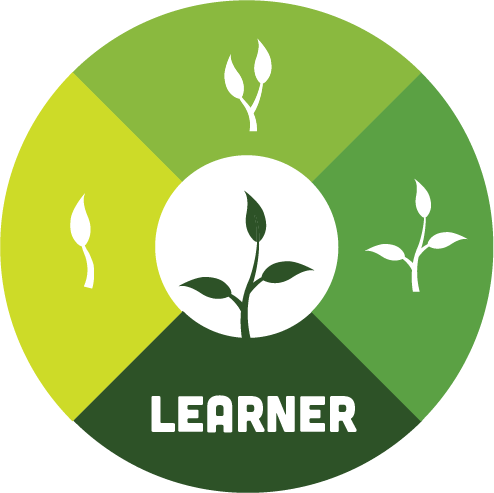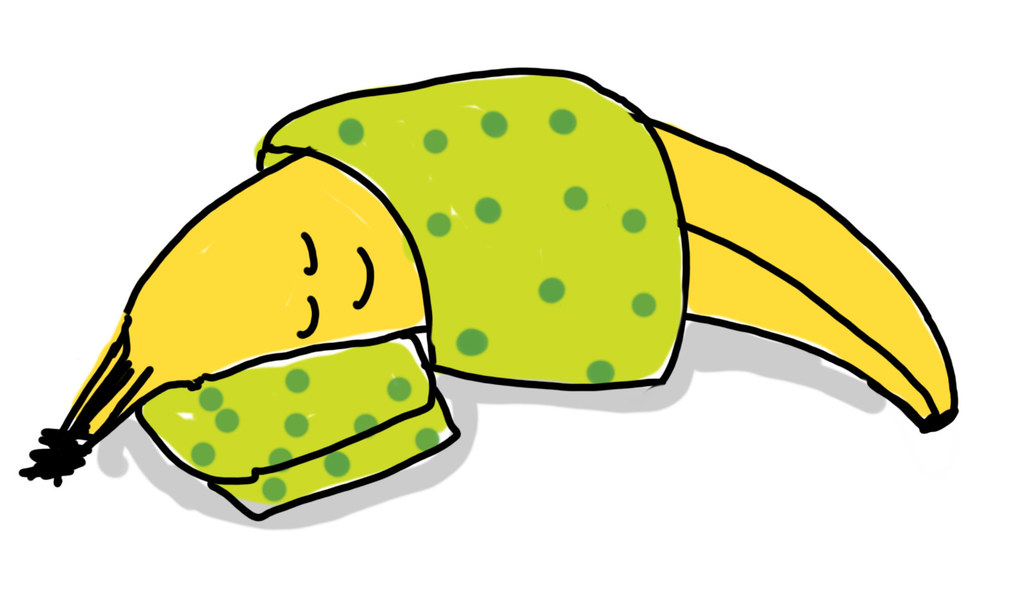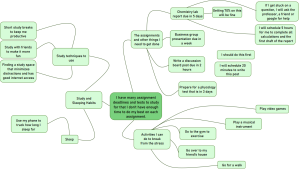
 Introduction
Introduction
- Make you feel more confident
- Give a sense of purpose
- Allow you to cope with stress
Achieving a good mental wellbeing requires resilience to be able to bounce back and overcome the negative things. This section can provide you with tips on how to have good mental wellness, so you are ready and able to achieve your goals.
Part 1: Stress Management
Managing stress can be similar to playing a card game. If you are dealt a bad hand, you try to make the best of it. It probably won’t be the best you can do, but given the circumstances, you achieved the best result.
These tips can help you to manage and cope with the stress you are facing so you are able to play the best hand possible. Using these tips will improve your mental wellbeing and help you stay on track to achieving your goals.
Part 2: Study and Sleeping Habits
-
It can be hard to stay consistent with study and sleeping habits but in doing so you may feel more productive, better rested and you can improve your mental wellbeing. In this section we will go over some sleeping and study habits that could be beneficial to you.
Study habits:
Sleeping habits:
With all the extensive reports, assignments, projects, studying for exams it can be difficult to get the recommended 7-9 hours of sleep daily. Use this tip to help you keep rested and have enough time to do what you want to do:
When times are stressful, try to get 7-9 hours of sleep for ONE or TWO nights out of the week. This way you can still avoid sleep deprivation and optimize your time usage.
Can’t fall asleep?
Try setting up a nightly schedule to help set a sleeping pattern.
Click on the image below for a larger version.

Still can’t fall asleep?
Try some of these common sleeping methods:
Military Method
The military method is taught to soldiers to help them fall asleep by relaxing their entire body and clearing their mind of thoughts. This method is supposed to have you sleeping in ten seconds after the mind is clear.[1]
Remove Devices
By removing your phone from the bedroom, you can promote your sleep in many ways! You remove notifications that are designed to peak your interest, by not having it in the room it will remove the urge to pick it up and answer texts. Also, blue light emitted by phones is shown to reduce melatonin production (hormone that controls sleeping cycle), by removing your phone the blue light cannot affect melatonin levels improving sleep quality.[2]
Banana
 Fun fact, did you know bananas are filled with tons of nutrients, some of which can help enhance your sleep! Try eating a banana before bed to help fall asleep.[3]
Fun fact, did you know bananas are filled with tons of nutrients, some of which can help enhance your sleep! Try eating a banana before bed to help fall asleep.[3]
Exercise
Try exercising to make yourself tired. Roughly thirty studies have shown that exercising can impact the quality of sleep and the duration but varies among people. Try this method out and see if it works for you![4]
Some Suggestions
Study and Sleeping Habits:
- To help give you some ideas on how to improve your study habits, you can play this H5P game, and watch this Youtube Video
- To help improve your sleeping habits, measure your sleep using your phone. The week can be busy but aim for 7-9 hours twice a week.
 Activity: Remove the Stressors
Activity: Remove the Stressors
Purpose of Activity:
Create a mind map about an issue that is or has caused stress or anxiety, and draw in potential solutions to cope with the stressor. The mind map will be used as a roadmap for you to remove the stressors. You can make use of colour, texture, shapes, and text to convey your thoughts and feelings to how you may overcome the stressor. Use a design mind-map program of your choice to create a mind-map to help plan on how to cope with your stress.
Difficulty Level:
- Level One: 30 minutes– Spend 30 minutes on this activity to help you reflect on your own values, beliefs, challenges, barriers, successes, and goals.
- Level Two: 1 hour – Spend 1 hour on this activity to help you reflect on your own values, beliefs, challenges, barriers, successes, and goals.
- Level Three: 2 hours – Spend 2 hours on this activity to help you reflect on your own values, beliefs, challenges, barriers, successes, and goals.
Task:
In this activity you will be reflecting on your own sense of motivation in school and recording your thoughts on the matter.
How to Complete This Activity:
- Use any of the following software: Mindmup , Text2MindMap , OneNote, or Google Draw
- Jot down the stressors that affecting you. Example: Assignment deadlines, Motivation or engagement in school, unsure about the academic program.
- Choose a mind-map software to create your mind-map.
- Pick one stressor, and use it as the centre of your mind map. You can repeat this activity multiple times until you run out of stressors to use.
- Add branches or levels to make your mind-map
- Add colour, texture, pictures, and shapes to the mind map to help convey your plan
- Use your completed mind-map to help you reduce your stress.
 An Example
An Example
Click on the image below for a larger version.

What do I do with this?
If you are playing along using the Liberated Learner Work Binder, upload your “Remove The Stressors Mind Map” file to the Learner Module folder.
If this is the only Liberated Learner activity you plan to do, then save the file wherever you like.
- Yuen, C. (2020, May 12). How to fall asleep in 10, 60, or 120 seconds. Healthline. Retrieved January 24, 2022, from https://www.healthline.com/health/healthy-sleep/fall-asleep-fast#10-secs-to-sleep ↵
- Rafique, N., Al-Asoom, L. I., Alsunni, A. A., Saudagar, F. N., Almulhim, L., & Alkaltham, G. (2020, June 23). Effects of mobile use on subjective sleep quality. Nature and science of sleep. Retrieved January 24, 2022, from https://www.ncbi.nlm.nih.gov/pmc/articles/PMC7320888/ ↵
- Lang, A. (2021, March 2). Does eating a banana before bed help you sleep? Healthline. Retrieved January 24, 2022, from https://www.healthline.com/nutrition/banana-before-bed#bananas-sleep-quality ↵
- Dolezal, B. A., Neufeld, E. V., Boland, D. M., Martin, J. L., & Cooper, C. B. (2017). Interrelationship between sleep and exercise: A systematic review. Advances in preventive medicine. Retrieved January 24, 2022, from https://www.ncbi.nlm.nih.gov/pmc/articles/PMC5385214/ ↵

